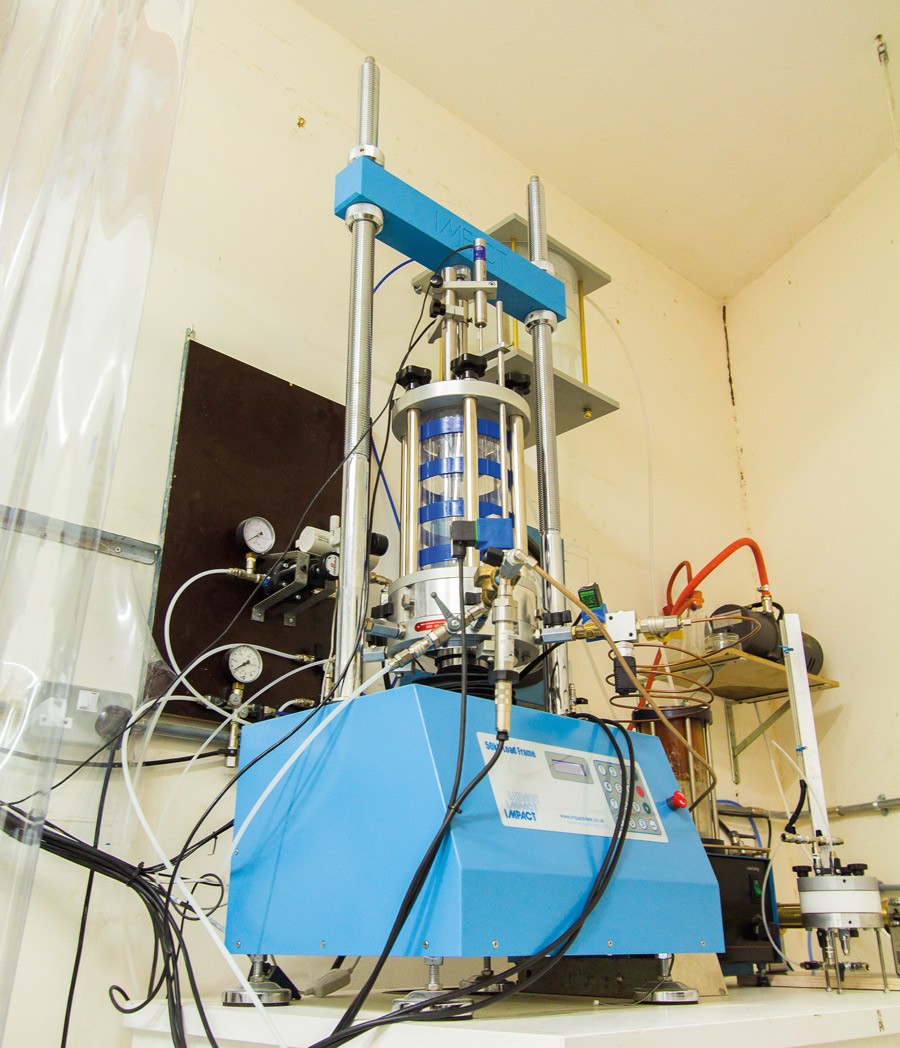Not many Ph.D.s lead to a new programme of studies, but cardiac paediatrician Prof. Victor Grech’s did. His study on Infertility in Science Fiction inspired him and his supervisors, Prof. Ivan Callus and Prof. Clare Vassallo, (University of Malta) to start the HUMS programme: a space for researchers in the humanities, medicine, and sciences to meet and discuss the bridges between these areas.Continue reading
Owning what we do
By RIDT
Thomas Huxley wrote, ‘The medieval university looked backwards; it professed to be a storehouse of old knowledge. The modern university looks forward, and is a factory of new knowledge.’ Continue reading
3D-Printed knee implants for longer lifetime
 By Robert Zammit
By Robert Zammit
One of the most common causes of total knee replacements is osteoarthritis, a disease which affects around 40% of Maltese senior citizens. The rise in age expectancy and obesity, compounded by injuries to patients, will see these numbers grow. All of this is expected to increase total knee replacement surgeries by 362% by the year 2030. The need for knee implants to have a longer lifetime is real.Continue reading
How bright?
 By Karl Fiteni
By Karl Fiteni
An astronomer’s task is to provide insight into the nature of the universe through the observation of celestial objects. Stars are usually a few hundred, or even thousands, of light-years away—a problematic distance for direct study. Instead, people can study the light emitted by the star rather than the star itself.Continue reading
Titan: Life on another world?
 By Josef Borg
By Josef Borg
If you were to travel back in time to Earth’s distant past, about three billion years ago, you would find a planet bearing barely any semblance to today’s world. A toxic atmosphere primarily composed of methane swathed our planet as its surface, devoid of liquid water at the time, was incessantly bombarded by small asteroids. While time travel evades our current realm of possibilities, we do have a replica of this past, primordial Earth right in our cosmic backyard!Continue reading
Experimental, experiential game design
By Jean-Luc Portelli
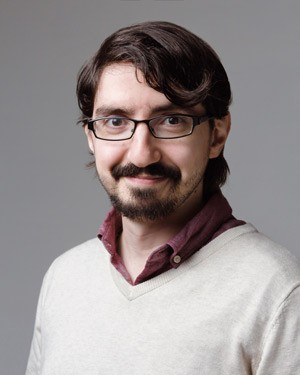 Games are everywhere. The gaming industry is one of the largest and most varied, enjoyed by a massive range of people with differing needs and tastes. Because of this, player experience—the field of study focused on interactions between games and their players—is extremely important.Continue reading
Games are everywhere. The gaming industry is one of the largest and most varied, enjoyed by a massive range of people with differing needs and tastes. Because of this, player experience—the field of study focused on interactions between games and their players—is extremely important.Continue reading
Piled higher, dug deeper
Triaxial testing rigs are used the world over to experiment on ground materials such as soils, rock, or powders. At the University of Malta (UoM), one such rig started being assembled in 2014 using existing equipment at the Faculty for the Built Environment, modernised with the help of the Faculty of Engineering. The rig is now complete, with plans to test rocks typically found in Malta, simulating the stresses created by big excavations and tall towers, steep slopes and deep underground tunnels.
The laboratory is used to investigate the engineering characteristics of weak ground materials such as clay, silt, sand, and weak rock (turbazz in Maltese building terminology). Space and economic pressures are pushing local buildings deeper and taller without the knowledge of how the local rocks can sustain the pressures created. Architects and engineers, now more than ever, are being asked to design excavations and buildings in these weak materials. Abandoning a site for a stronger one is now no longer an option. In-depth understanding of how ground materials behave, therefore, becomes fundamental if dangerous consequences are to be avoided.
| Quick Specs |
|
The equipment is already being used to teach the next generation of architects and engineers. They now have the opportunity to experiment with the local ground materials. They can load them with imagined future buildings or unload them through simulated excavations, all the while observing the real-world effects.
The first real research effort is aimed at understanding what’s going on in Malta’s weak Globigerina limestone, which is currently loaded by heavy buildings. We need to be aware of their internal structure, the water within, how they crush and how long it takes. It’s likely to be a long story, but this is just the beginning.

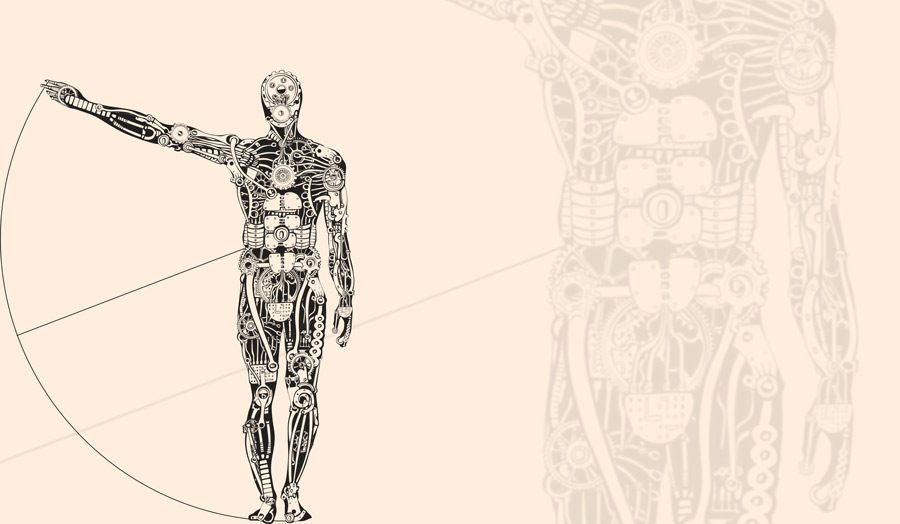

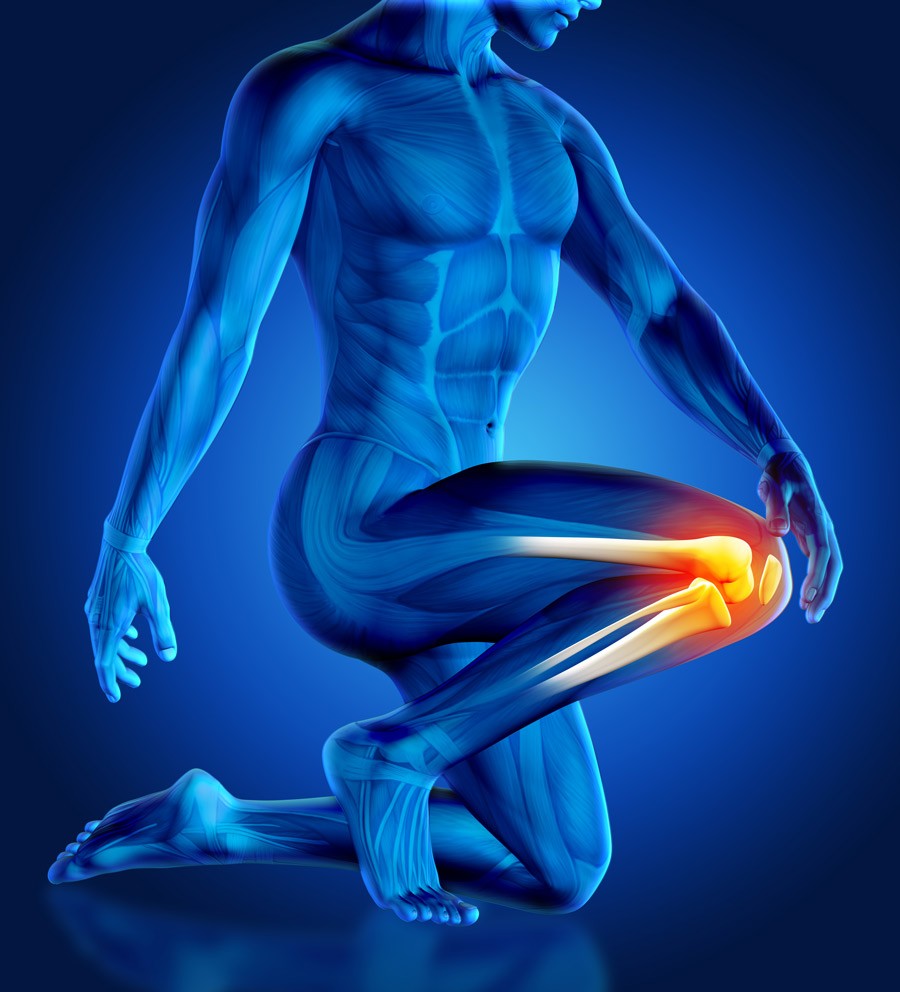
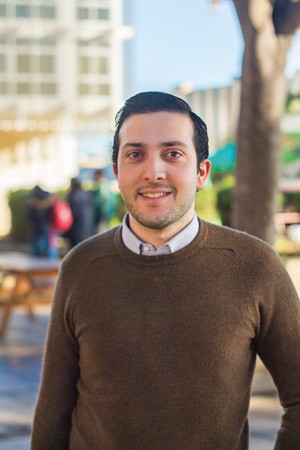 By Robert Zammit
By Robert Zammit
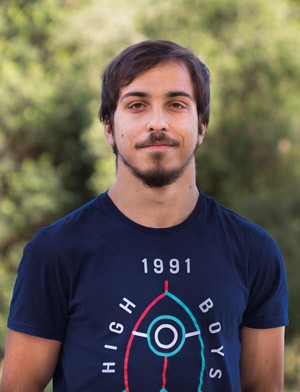 By Karl Fiteni
By Karl Fiteni
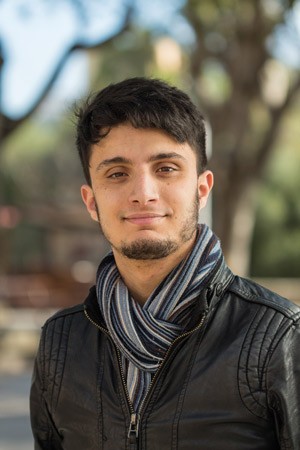 By Josef Borg
By Josef Borg
